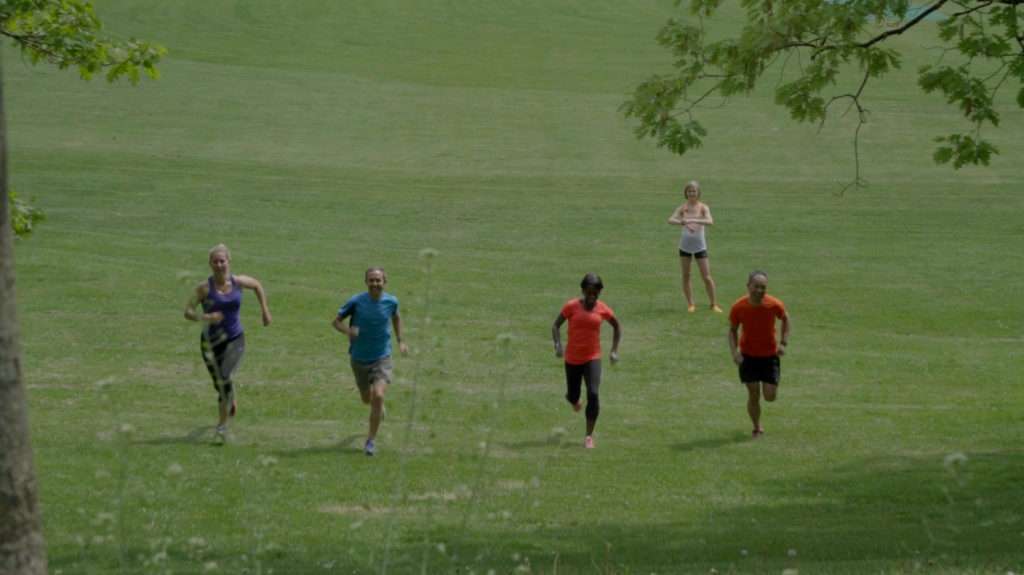Tips for making your own marathon training plan
Frequently asked questions about marathon training plans

The goal of a marathon training plan is to get runners to the start line, uninjured and ready to race. While accomplishing this seems straight forward, there are a lot of variables to consider when building a plan, especially when your goal race is a while away. If you’re looking to build your own plan, here are some of the guidelines to set yourself up for marathon success.
How long should my build be?
Greg McMillan is a running coach and founder of McMillan Running, who breaks the six months before a marathon into four phases. They are: base phase, hill phase, speed phase and the marathon plan. While McMillan says that the hill and speed phases are optional, if you’ve got a while between now and your next race, they’re a good way to work on a new stimulus, while building fitness. McMillan recommends that the actual marathon build phase last up to 16 weeks, with base phase lasting eight weeks, and the speed and hills phase lasting six.
RELATED: A look inside Malindi Elmore’s five-month marathon build

How much mileage should I be running?
A runner’s mileage will vary from person to person, but most elites will (at their peak) hit between 160 and 200K a week during their build. Malindi Elmore’s biggest week before STWM was 164.5K, and Reid Coolsaet’s biggest week usually sits around 190K.
However, for a beginner, the main goal is to increase mileage at a sustainable rate–but most marathon-first-timer plans won’t include milage over 100K per week.
A good way to monitor mileage progress is with the ACWR (acute-to-chronic workload ratio). This is an equation where the desired outcome is a score of 1.3 or under. Runners can divide their most recent week of mileage (or minutes run) by the average of their most recent four weeks of mileage (or minutes run). Runners are identified as being higher-risk for injury if their score is 1.5 over or under 0.8 (with the sweet spot falling between those two figures).
RELATED: Marathon lessons you don’t need to learn twice

How easy should my easy days be?
The goal of a marathoner’s easy day is time on their feet and recovery. Reid Coolsaet says that marathon training is actually 80 per cent easy miles. “I run easy on days when I’m not working out and then also on warmups and cooldowns. Only about 20 per cent of my running I’d consider quality, which is at marathon pace or faster.”
When training is going well, it’s very easy to get excited and make all of your days hard. But Coolsaet cautions against this: “Some athletes can get away with running hard all the time, but most can’t. You do get fitter faster, but I don’t think this is good for sustainability or makes you faster long-term. What I’m saying is that I don’t think this increases your ceiling, while simultaneously making you more injury-prone.”
Easy days should be run at a conversational pace that can be sustained for a long time. The exact split will differ for each person, but the idea is that you’re spending time on your feet, without taxing your system. Coolsaet’s easy runs are around 1:30 per kilometre slower than his marathon race pace.

Should I be doing speed work?
Speed training works to improve your overall fitness along with your top-end performance. This will benefit your overall marathon performance.” (Note: it’s important to build a strong base before integrating speed work.)
Here are two examples of workouts you can do within a long run. This is a great way to build confidence leading up to a marathon because of the high mileage and high intensity.
- Do a 10K warm up and follow that with six to ten 1K repeats at marathon pace, taking 1K easy between reps. Then cool down for 2 to 4 kilometres.
- Start with 16K easy, followed by 8K at your marathon goal pace. Do another 2K easy and then pick it up again for 4K starting at your marathon goal pace and getting faster with each kilometre. Finish with 2K easy.
Hills are another great way to promote speed and leg turn over. Channel the last 30K of your race while you charge up a hill.
RELATED: Weekly Workout: Hit the hills for stealthy speed work
Is strength work that important?
Strength work is key for injury prevention in runners. If time allows, when building a training plan, factor in two days of strength work a week. Kris Sheppard is the co-founder of The Runner’s Academy in Toronto, a clinic that takes a holistic approach to treating running injuries.
Sheppard says there are five exercises that are critical for building a great foundation for a runner. They are the narrow squat, elevated lunge, hip hinge, hamstring slide and ankle holds. Mastering these exercises will help keep runners moving well and injury-free. You can find a video demonstration of those exercises here.



